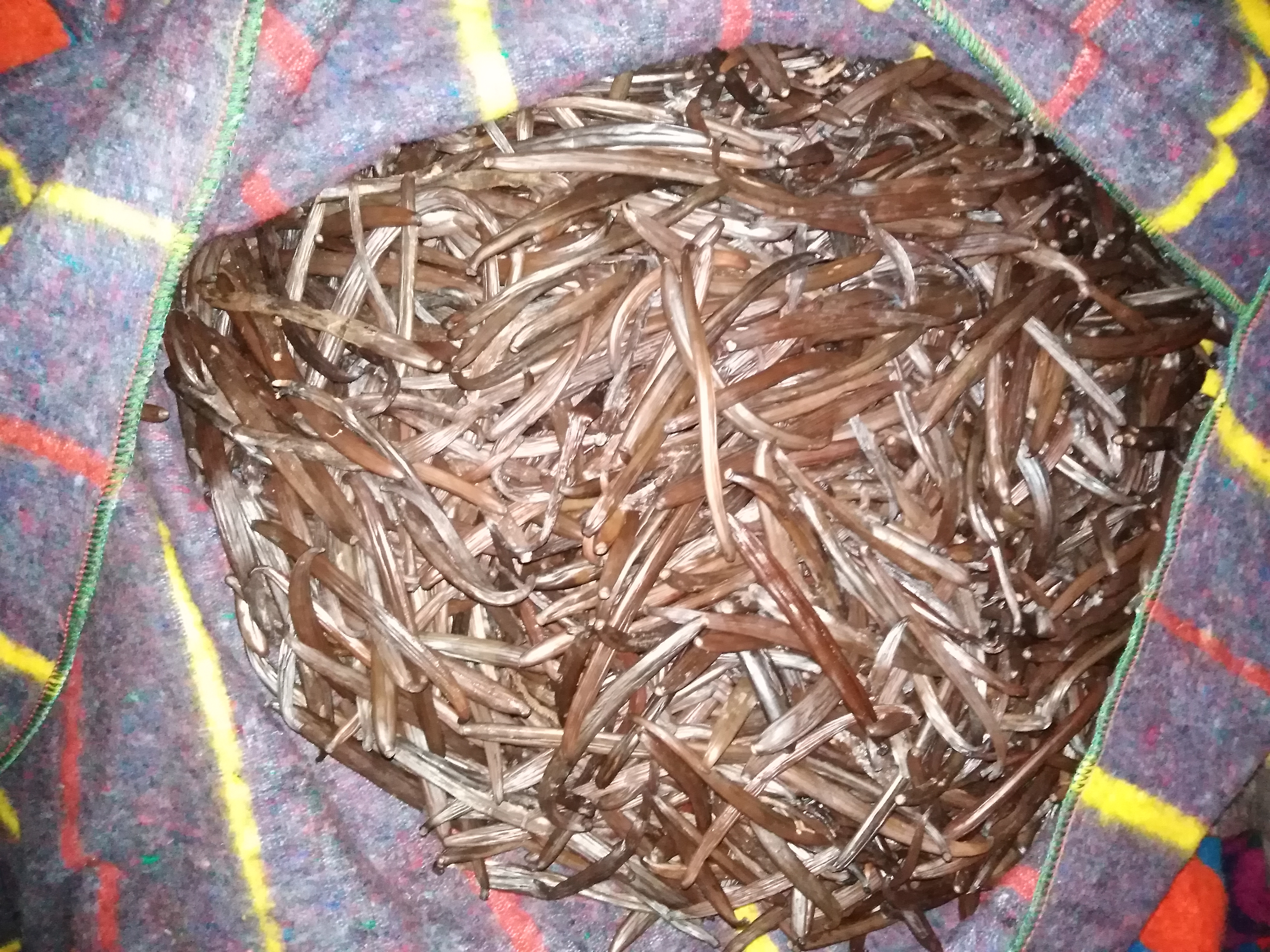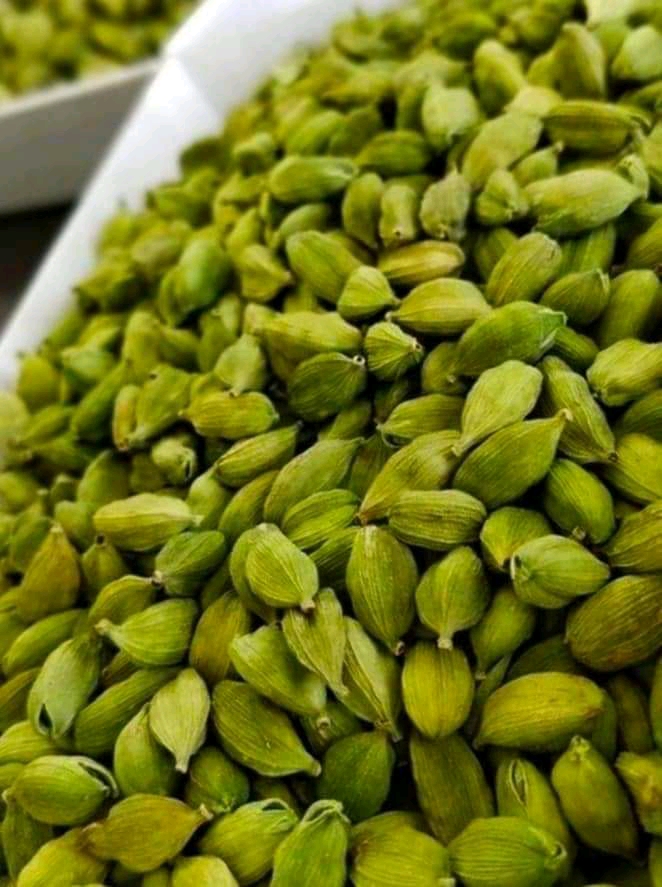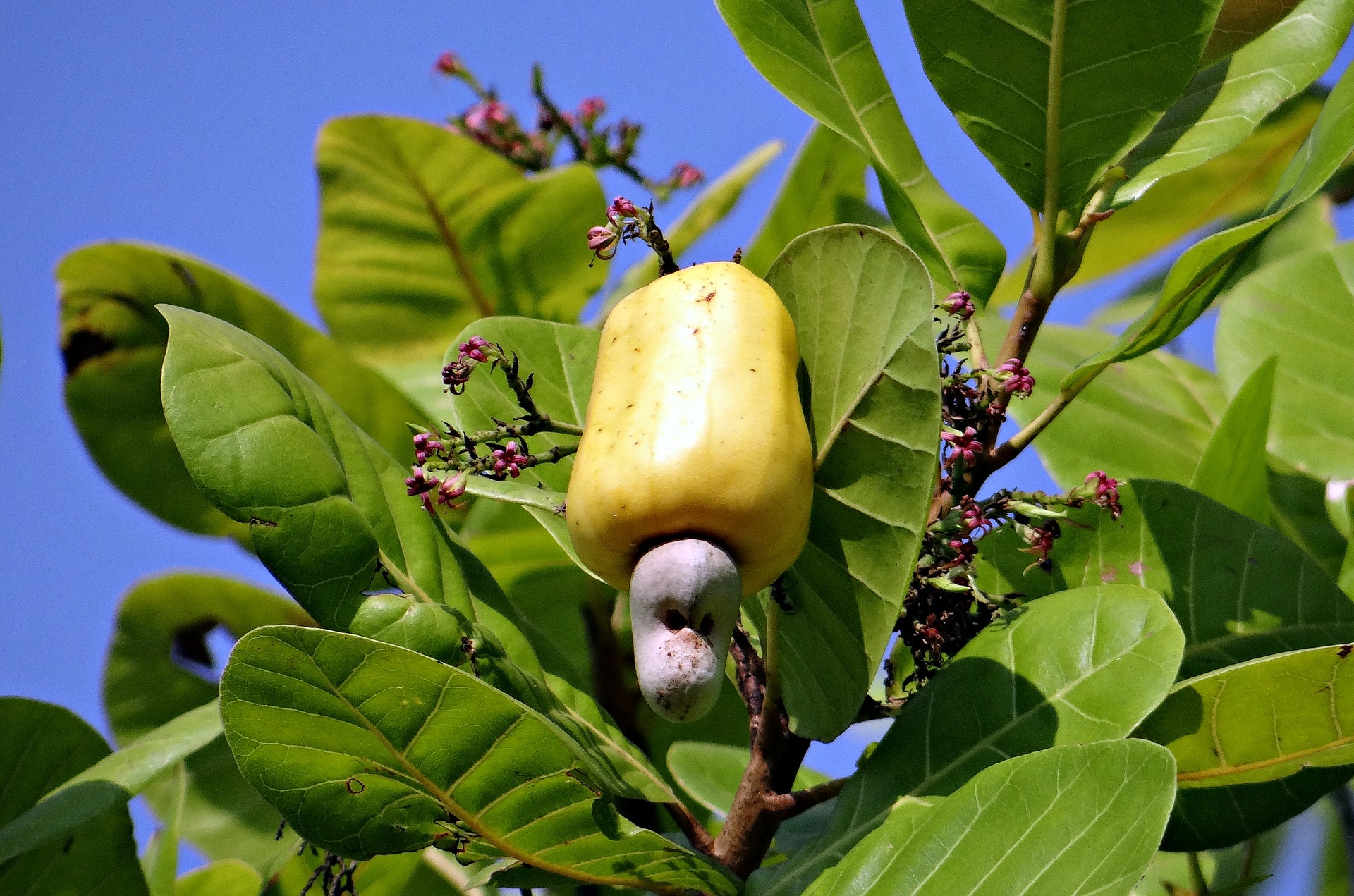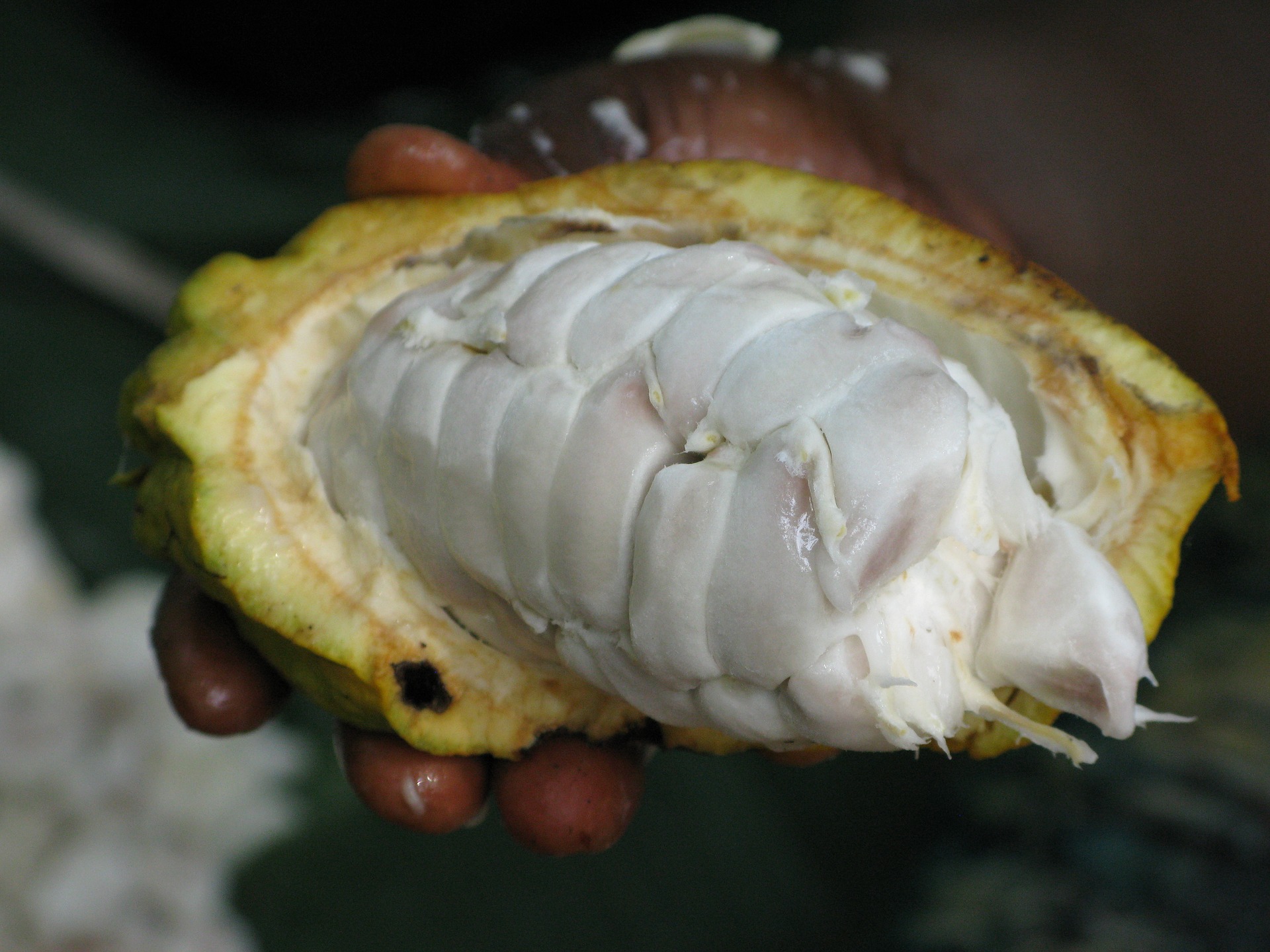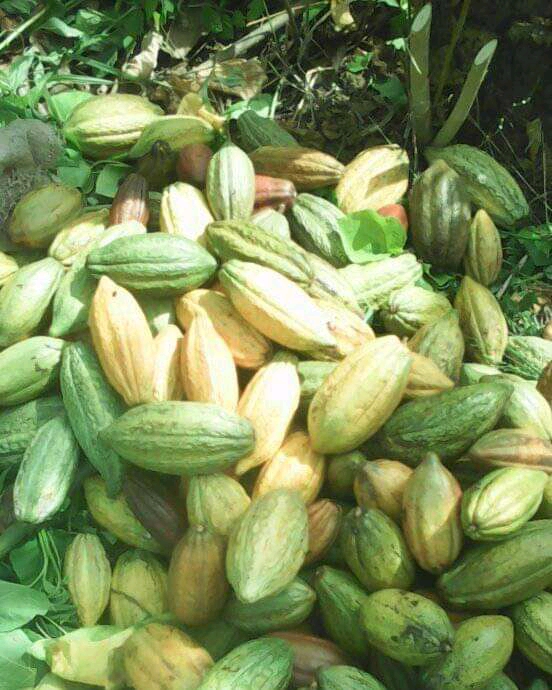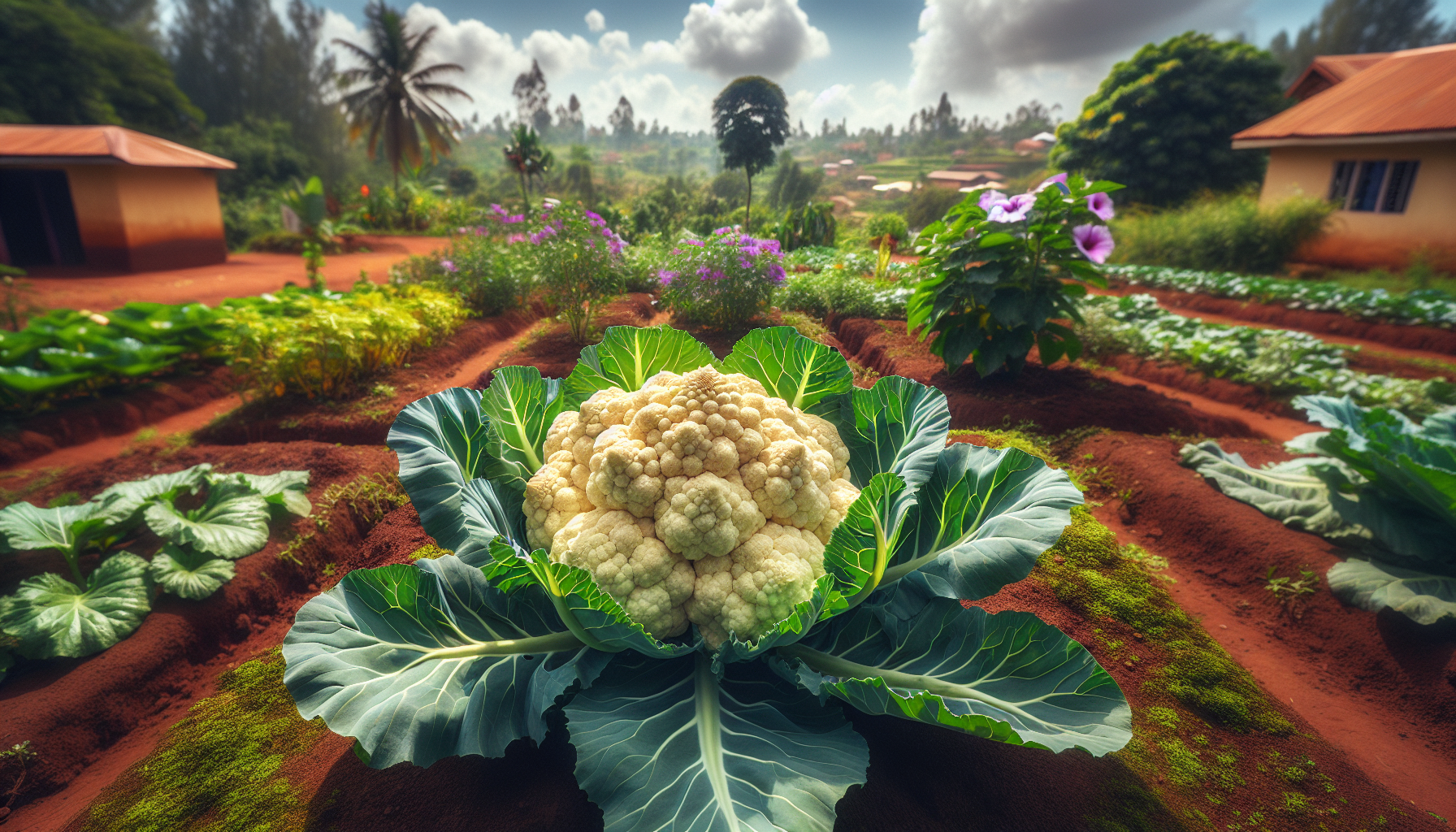
How to plant and grow Cauliflower in Uganda
Cauliflower, a beautiful and delicious vegetable from the brassica family, is gaining popularity in Uganda. Packed with vitamins and nutrients, it thrives in the country's cool highlands. But even if you live in the lowlands, with a little extra care, you can enjoy homegrown cauliflower. This guide will take you through everything you need to know to plant and grow healthy cauliflower in Uganda.
Click here to inquire, buy or order for Cauliflower from Uganda
Highlands: If you're located in the mountains with consistent cool temperatures, you can plant cauliflower year-round.
Lowlands: The warmer temperatures in the lowlands can be challenging. Aim to plant during the cooler months, typically from October to March.
Pro Tip: For lowland planting, choose cauliflower varieties known for heat tolerance, such as "Snowball Y" or "Short Season Hybrid."
Selecting Cauliflower Seeds and Seedlings
There are two main options for starting your cauliflower journey:
Seeds: This is the most cost-effective method. Look for seeds from reputable suppliers in Uganda that offer varieties suited to your climate.
Seedlings: If you're short on time or want to ensure a higher germination rate, purchasing seedlings from nurseries is an option.
Click here to inquire, buy or order for Cauliflower from Uganda
Choosing the Right Variety:
Early maturing varieties: Ideal for lower altitudes due to their shorter growing season (around 60–70 days). Examples include "Snowball Y" and "Early Dawn."
Late-maturing varieties: Better suited for the cooler highlands with a longer growing season (around 75–90 days). Examples include "White Rock" and "Alfresco."
Preparing the Soil for Planting
For optimal cauliflower growth, you'll need well-drained, fertile soil with a pH between 5.5 and 6.5. Here's how to prepare your planting area:
1. Choose a Location: Select a spot that receives at least 6–8 hours of direct sunlight daily.
2. Soil Testing: Conduct a simple soil test to determine the pH level. If the soil is too acidic, add lime to raise the pH.
3. Tilting and Loosening: Till the soil to a depth of about 20-25 cm (8-10 inches) to create a loose and airy environment for root development.
4. Compost is King: Enrich the soil with well-aged compost or manure. This provides essential nutrients for healthy plant growth.
Click here to inquire, buy or order for Cauliflower from Uganda
Planting Seeds or Seedlings
Planting Seeds:
1. Sow seeds: Sow cauliflower seeds in a seed tray or nursery bed around 0.5-1 cm (0.2-0.4 inches) deep.
2. Germination: Keep the soil moist but not waterlogged. Germination typically occurs within 5-7 days.
3. Transplanting: Once the seedlings have developed 3–4 true leaves (about 3–4 weeks old), they are ready for transplanting to the main field.
Planting Seedlings:
1. Spacing: Dig holes approximately 45–60 cm (18–24 inches) apart in rows spaced 60–75 cm (24–30 inches) apart. This allows for proper air circulation and plant growth.
2. Planting Depth: Carefully remove the seedlings from the nursery tray and plant them at the same depth they were growing previously.
3. Firming the Soil: Gently firm the soil around the base of each seedling to ensure good root contact.
Watering and Care for Thriving Cauliflower
Watering: Cauliflower requires consistent moisture throughout its growing cycle. Water deeply at the base of the plant, aiming to keep the soil evenly moist but not soggy.
Mulching: Apply a layer of organic mulch, like straw or dried leaves, around the base of the plants. This helps retain moisture, suppress weeds, and regulate soil temperature.
Fertilization: Provide supplemental nutrients with a balanced fertilizer during the growing season. Follow the instructions on the fertilizer package for recommended application rates and frequency.
Click here to inquire, buy or order for Cauliflower from Uganda
Protecting Your Cauliflower from Pests and Diseases
While cauliflower is a relatively hardy vegetable, it can be susceptible to certain pests and diseases. Here's how to protect your crop:
Pests: Common pests include cabbage worms and aphids. Use organic methods like neem oil spray or insecticidal soap to control them.
Diseases: Clubroot and downy mildew are some of the common diseases.
Protecting Your Cauliflower from Pests and Diseases
Diseases: Practice crop rotation to prevent diseases from building up in the soil. You can also use preventative fungicide sprays as a last resort, following the label instructions carefully.
Harvesting Your Homegrown Cauliflower
The beautiful white head, or curd, is the part of the cauliflower we harvest. Here's how to know when it's ready:
Size and Maturity: The curd should be firm, white, and about 15-20 cm (6-8 inches) in diameter.
Leaf Coverage: As the curd matures, the large outer leaves will begin to cover it. This is a good sign!
Harvesting Tips:
- Sharp Knife: Use a sharp knife to cut the stem just below the curd, leaving a few outer leaves attached.
- Morning Harvest: Harvest cauliflower early in the morning when the temperatures are cooler.
Storing Your Harvest:
- Freshness is Key: Freshly harvested cauliflower doesn't store for long. Ideally, consume it within a few days.
- Refrigeration: For short-term storage, wrap the cauliflower head loosely in plastic and store it in the crisper drawer of your refrigerator.
Click here to inquire, buy or order for Cauliflower from Uganda
Conclusion
Growing your own cauliflower in Uganda is a rewarding experience. By following these steps and providing the right care, you can enjoy fresh, healthy cauliflower throughout the season.
Remember, you should never be discouraged by setbacks! With a little practice and patience, you'll be harvesting beautiful cauliflowers in no time.
Bonus Tip: Cauliflower leaves are edible and nutritious! Try incorporating them into your stir-fries or soups for added flavor and vitamins.
 Aerial View Of Kampala City
Aerial View Of Kampala City Buy A 140K Grader In Uganda
Buy A 140K Grader In UgandaFor inquiries or Orders:
Contact Us On:-
E-mail: Info@flawlessconsultsug.org
Or
Call/Whatsapp Us on: +256-772 238575
